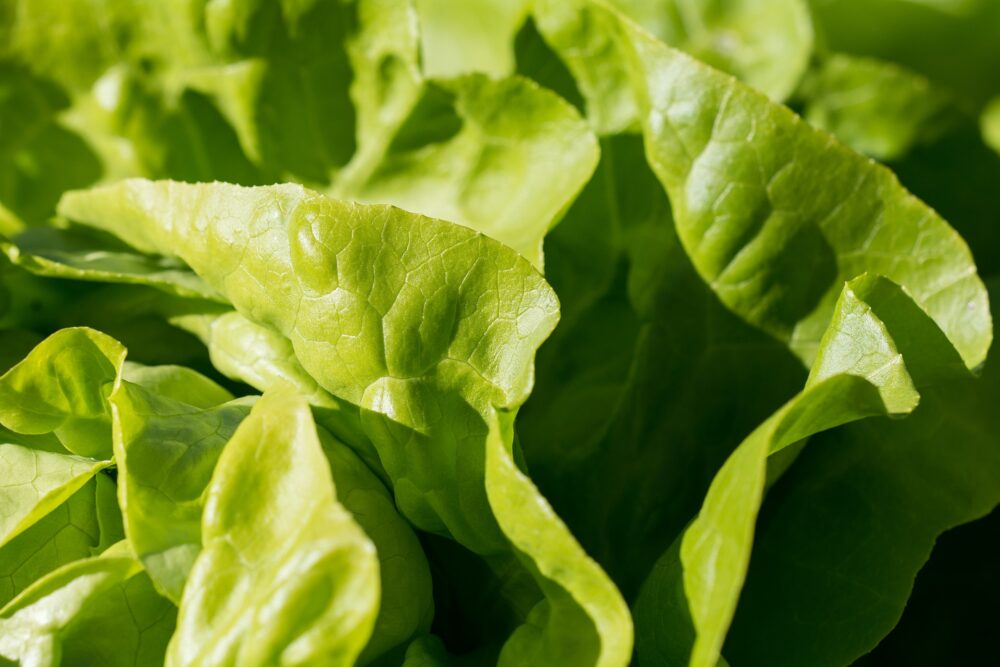You would be forgiven for feeling nervous about purchasing romaine lettuce every time you’re in the grocery store these days. Between 2018 and 2019 there were three separate, though nearly successive, Escherichia coli outbreaks linked to romaine lettuce. According to the Center for Disease Control (CDC), 167 people were infected with E. coli from contaminated romaine lettuce across 27 states during the 2019 outbreak. These outbreaks tend to feel uncontrollable to consumers, because public health officials often face difficulties in managing them.
For one, in mitigating foodborne illness outbreaks, public health officials must address the dichotomy between carefully identifying the outbreak source and responding quickly without reliably identifying the source. If the officials recommend avoiding a specific food based on assumptions that could later be proven wrong, they risk unnecessarily harming that particular food industry and potentially costing jobs and profits out of fear. But, if they wait too long to identify the source, more people can quickly become sick simply because assumptions were withheld. This dichotomy is worsened by the time delay between food consumption, individual sickness onset, individual medical attention-seeking, and finally official identification of the illness as part of a larger outbreak.
Public health officials must address the dichotomy between carefully identifying the outbreak source and responding quickly without reliably identifying the source.
These successive outbreaks and the difficulties in combating them worried consumers that romaine consumption would never be safe again. However in February 2020, researchers from the U.S. Department of Agriculture’s Economic Research Service published research suggesting the answer to managing future outbreaks lies not just in traditional epidemiological surveillance, but in analyzing market data. These researchers obtained data on U.S. romaine lettuce shipments between 2013 and 2018 and used this information to calculate the average number of shipments from each lettuce-growing U.S. region. They also analyzed the dates of illness onset and FDA notification for the last three romaine lettuce E. coli outbreaks to create a response timeline to compare with the market shipping data.
The researchers highlighted that there are clear issues with the U.S. public health system’s present ability to respond to these foodborne illness outbreaks. “The three outbreaks we examined were nearly half over by the time the FDA became aware of them,” they reported. This means that by the time the FDA identifies and reports on the outbreak, the majority of the contaminated lettuce is already sold.
By the time the FDA identifies and reports on the outbreak, the majority of the contaminated lettuce is already sold.
The researchers discovered that romaine lettuce shipping follows standard, predictable patterns based on farming availability in each season. They determined that “combining shipment data with illness onset can allow investigators to rule out major production regions as the source of illness during an outbreak.” Agricultural Marketing Service data could provide the FDA with quick information about which regions are producing romaine lettuce at that moment to identify the source and halt shipment. For example, this market data showed that romaine lettuce is not produced between May and November in the major production region of Yuma, Arizona. So, the FDA could swiftly rule out Yuma, Arizona, as a outbreak source during this time frame, helping to narrow down the potential outbreak region faster.
The researchers note that the FDA’s requirement to have romaine lettuce producers label their region of origin will not be helpful in preventing future outbreaks, because it is ultimately irrelevant unless the problematic region of origin is identified. Instead, this measure will lead to financial losses for romaine lettuce suppliers without helpfully informing consumers. Instead, the researchers highlight the importance of tracking market data when managing romaine lettuce E. coli outbreaks in the future.
The researchers highlight the importance of tracking market data when managing romaine lettuce E. coli outbreaks in the future.
If you are still nervous about romaine, fear not, as the CDC reports that the romaine lettuce E. coli outbreak is currently over. However, they recommend always washing your hands before and after handling food and washing fruits and vegetables before cooking or eating them. Public health illness outbreaks are ultimately complex, multifactorial events that require creative and quick responses to avoid preventable illness from spreading. This new research offers a unique, interdisciplinary approach to both quickly preventing illness spread and to preserving the romaine lettuce industry.
American Journal of Public Health (2019). DOI: 10.2105/AJPH.2019.305476
Image source: Pixabay.






